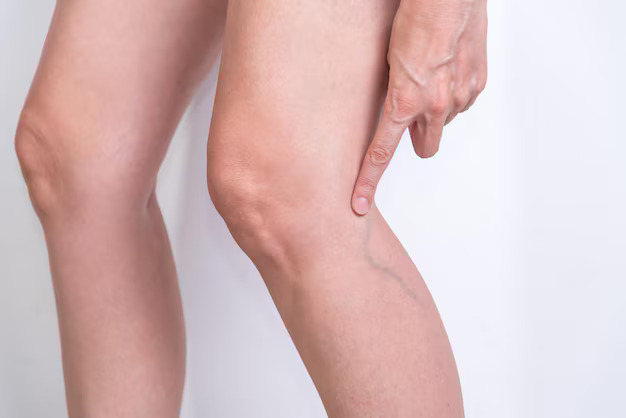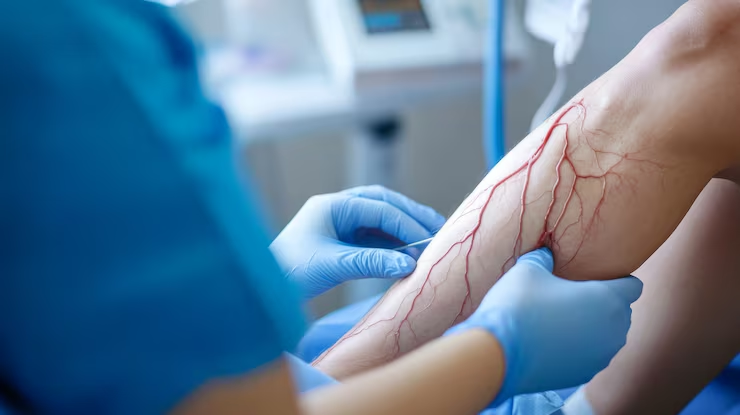When it comes to sports and athletics, staying at the top of one’s game is not just about constant training and natural skills. It is also about how you recover after an injury. This is where shockwave therapy comes in. A newcomer in the field of sports medicine, shockwave therapy has garnered significant attention. In this article, we will look into the advantages of shockwave therapy, shedding light on its mechanics and why it could potentially revolutionize sports rehabilitation and injury management.
What is Shockwave Therapy?
Shockwave therapy is a non-invasive treatment that uses sound waves to help promote healing in injured tissues. These sound waves work by promoting regeneration and reparative processes in bones, tendons, and other soft tissues. These waves travel through the skin to the injured area, where they stimulate blood flow, and accelerate tissue regeneration.
Benefits of Shockwave Therapy for Athletes
- Speeds Up Recovery
One of the most significant benefits for athletes is the speed at which recovery from muscle, tendon, and joint injuries can occur. By enhancing blood circulation and cell regeneration, shockwave therapy can reduce recovery time, which is crucial for athletes who need to return to training and competition.
- Non-Invasive and Safe
Unlike surgical or other minimally invasive methods, shockwave therapy is non-invasive, meaning athletes can avoid the risks and long recovery periods associated with surgery. It’s a safe alternative, with minimal side effects, making it a preferred choice for many.
- Reduces Pain
Shockwave therapy is known for its ability to alleviate pain, including chronic pain that might not respond to other treatments. It achieves this by reducing inflammation and triggering the body’s natural pain-relieving mechanisms.
- Increases Mobility
For athletes suffering from conditions like tendinitis or plantar fasciitis, shockwave therapy can help restore mobility. By breaking down scar tissue and increasing blood flow, the therapy enhances the range of motion, which is crucial for athletic performance.
- Treats a Wide Range of Conditions
Shockwave therapy is effective for various injuries common in athletes, such as jumper’s knee, tennis elbow, heel spurs, and muscle strains. This versatility makes it a valuable tool in sports medicine.
What Can You Expect During The Procedure?
Shockwave therapy begins with the therapist applying a special gel to the area being treated. This gel serves to enhance the effectiveness of the therapy by improving the conduction of the shockwaves into the tissue, while also reducing any discomfort from the device moving over the skin.
During the therapy, a hand-held device is used to deliver high-energy waves in short, controlled bursts. These waves penetrate through the skin and muscle, targeting the injured area. The intensity of these waves can be adjusted to suit the patient’s comfort level and the specific requirements of their condition. Typically, each session lasts about 20-30 minutes, depending on the treated condition and area.
Patients often experience a sensation of mild discomfort or tingling at the beginning of the session, which generally decreases as the treatment progresses. It’s important for patients to communicate with their therapist if the sensation becomes painful, as adjustments can be made.
After the session, patients can usually resume their normal activities immediately, although some might experience mild soreness or swelling in the treated area, which is a normal part of the healing process. The number of sessions needed varies, and the therapist will discuss the optimal treatment plan based on the initial response to the therapy.
Conclusion
For athletes looking to get back in the game quickly and safely, shockwave therapy offers an effective solution. Its ability to speed up recovery, reduce pain, and enhance mobility, all without the need for invasive procedures, makes it an increasingly popular choice in sports medicine. As with any medical treatment, it’s important for athletes to consult with their healthcare providers to determine if shockwave therapy is right for their specific condition.








